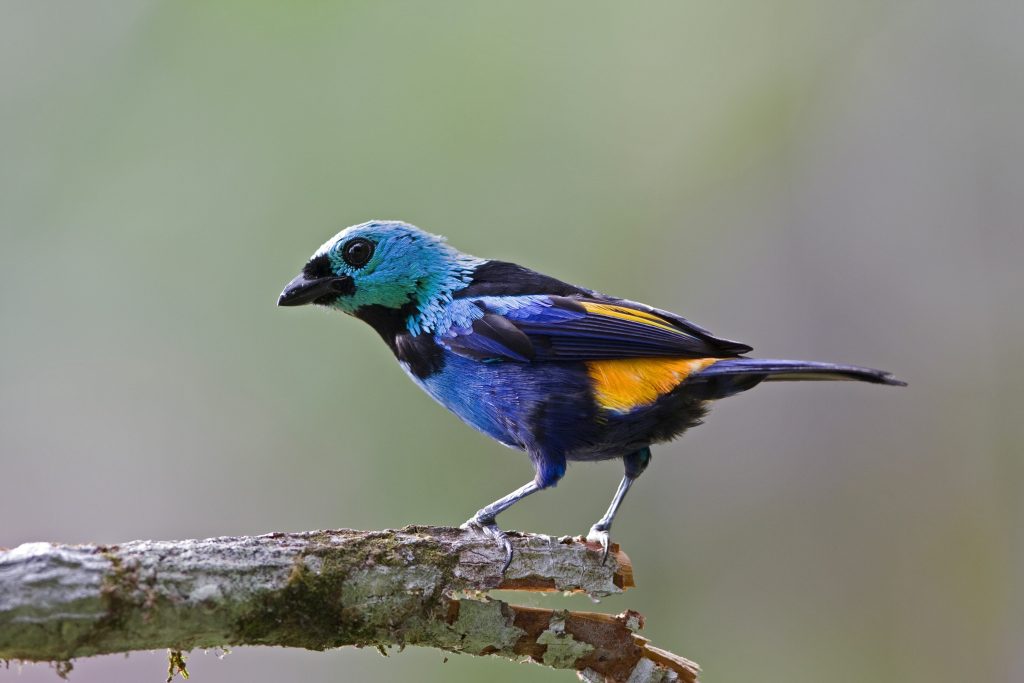- green-spots
- reforestation
- Argentina
- Restoring the Atlantic Forest of South America in Argentina, Brazil and Paraguay

Restoring the Atlantic Forest of South America in Argentina, Brazil and Paraguay
Argentina, Paraguay, Brazil
last update:
4 weeks agoProblems
Deforestation and degradation
Deforestation is a significant challenge in this particular region. Pressures from a growing global demand for agricultural commodities are a significant challenge for this region. Underlying drivers include corruption, weak law enforcement, and low citizen involvement in controlling the use of the territory. Data from Argentina and Brazil show an annual forest loss of 285,600 ha/ year from 2010-2014 versus 301,800 ha/year between 2005-2009. This represents a 23% decrease in the area deforested from 2000 to 2014. In Misiones in Argentina, between 2011 and 2014, the annual area deforested was about eight times smaller than at the beginning of the 2000s. In Paraguay, the causes of deforestation have changed over the years, including soy plantations, cattle ranching, encroachment, and marijuana plantations inside protected areas. However, degradation continues with unsustainable forest management. Despite ongoing deforestation, it has been estimated that after 10 years of the Paraguay moratorium, the annual forest loss rate has fallen by 82% from 120,000 ha in 2002 to 20,000 in 2014.
Solutions
Re-afforestation, policy change and marketing incentives
Author: WWF
Re-afforestation Under the Trinational Atlantic Forest Pact, 360 organizations have worked for over three decades to preserve and restore what remains. They are protecting endangered species, like the jaguar and golden lion tamarin, securing water supplies for people and nature, countering and building resilience to climate change, and creating thousands of jobs. With WWF support, over 5,300 ha of Atlantic forests have been planted in eight watersheds since 2006. In Andresito alone (Argentina), over the 10-year period (2008-2018) a total of 97,000 seedlings of 40 different native species were planted over an area of 225 ha. Between 2003 and 2019, WWF-Paraguay contributed to a total of almost 15,000 ha being restored in the UPAF (both planting and natural regeneration). Policy change Changes in policy and policy implementation have been particularly successful in Paraguay. Since the Zero Deforestation Law (extended several times with WWF support) was first enacted in 2004, the rate of deforestation has decreased between 82% and 95% since the baseline in 2003. However, since the promulgation of the zero deforestation law, close to 250,000 hectares have been cleared illegally due to impunity and lack of accountability of public entities. Establishing Paraguay’s national PES mechanism in 2006 was equally important as a governance mechanism to transition from the moratorium. In Argentina, National Law 26.432 (ex 25.080/1999) was promulgated in 2008 regarding investments in cultivated forests. In 2007, National Law 26.331 established the minimum environmental protection budgets for the enrichment, restoration, conservation, exploitation, and sustainable management of native forests. Both laws grant subsidies for forest restoration in farmland. Marketing incentives Applying market mechanisms has been a useful tool to promote restoration in all three countries. In Argentina, on the one hand, compensation for environmental services has functioned well, with more than 30 local producers reforesting 100 hectares in priority areas of Andresito Municipality. On the other hand, creating new markets for products from Andresito has enabled farmers to adopt environmentally friendly activities that generate income for local producers. On a larger scale, hydroelectricity companies are investing in restoration. Itaipú Binacional, for example, is protecting its reservoir by maintaining (conserving and restoring) over 100,000 hectares of forests. In all three countries, laws require a protective strip of forest cover along water courses (with the required distance varying from 5-30 meters). The size of the riparian areas to protect depends on the size of the water course. It is regulated by law number 4241/2010 in Paraguay, 26.331 in Argentina, and 12651/2012 in Brazil. The benefits of such restoration extend beyond increasing forest cover, as the riparian forests contribute notably to freshwater conservation, protecting water courses from sediment, maintaining water temperature, and providing a corridor where a diversity of faunal species can seek cover, move, and feed.
Source: https://wwfint.awsassets.panda.org/downloads/flr_field_series_atlantic_forest.pdf
Gallery
4Timelines
2022
The United Nations recognized the efforts to restore the Atlantic Forest as a World Restoration Flagship Initiative. This designation made the initiative eligible for UN support, funding, or technical expertise, highlighting its importance and success.
2019
UN declares the Decade on Ecosystem Restoration 2021-2030. The UN Decade on Ecosystem Restoration (hereafter the Decade) is a global effort to restore the planet and ensure One Health for people and nature. The Decade unites the world behind a common goal: preventing, halting, and reversing the degradation of ecosystems worldwide.
2017
WWF-Brazil, in partnership with Impact HUB, the Brazilian Support Service for Micro and Small Businesses (SEBRAE), the Ministry of Environment, and the Atlantic WWF Annual Conference in 2014, gathered WWF’s CEOs from over 90 countries. Stonehouse Forest Restoration Pact launched an ‘Environmental Challenge’ on innovation and entrepreneurship in forest restoration. The aim was to recognize projects that make a significant contribution to restoration.
2006
Paraguay established a national PES mechanism, but its implementation rate remains low. PES schemes have yet to be established as an incentive to halt deforestation.
2000
Brazil launches the "Programa Mata Atlântica" (Atlantic Forest Program), a large-scale restoration and protected area expansion initiative. Argentina and Paraguay develop their national restoration plans.
1999
Establishment of Atlantic Forest office in Puerto Iguazu Misiones (by Fundación Vida Silvestre Argentina (Vida Silvestre))


